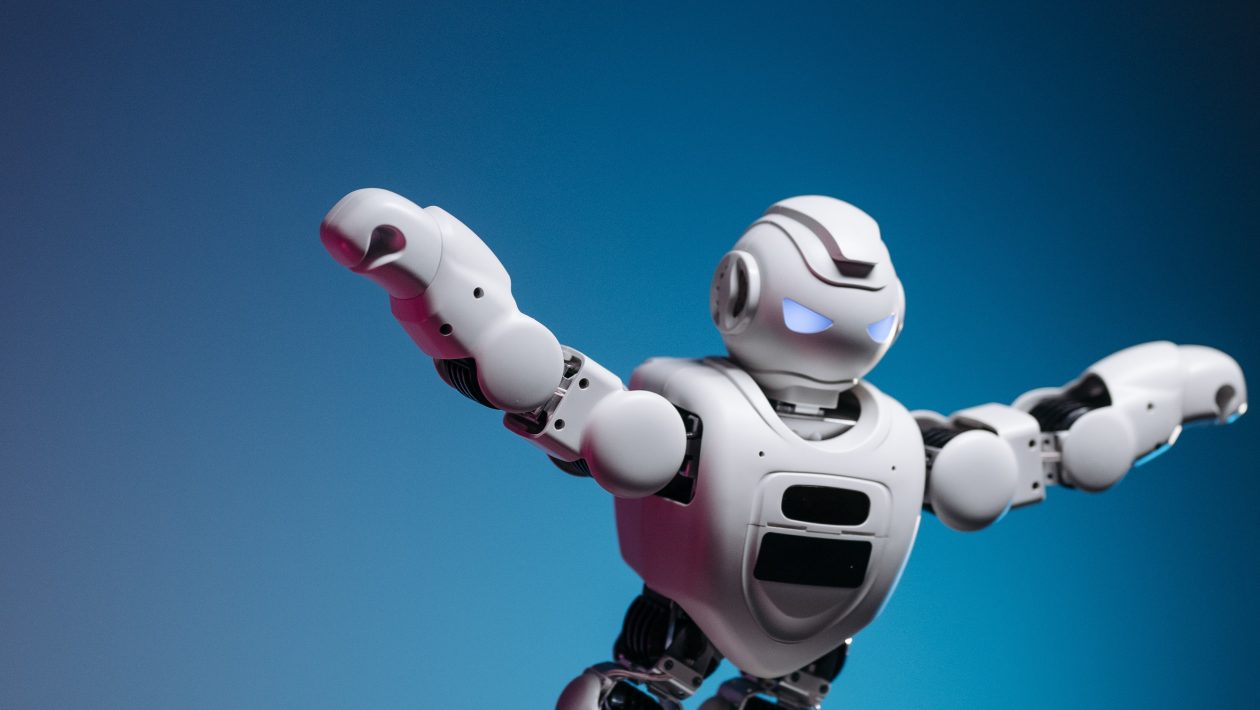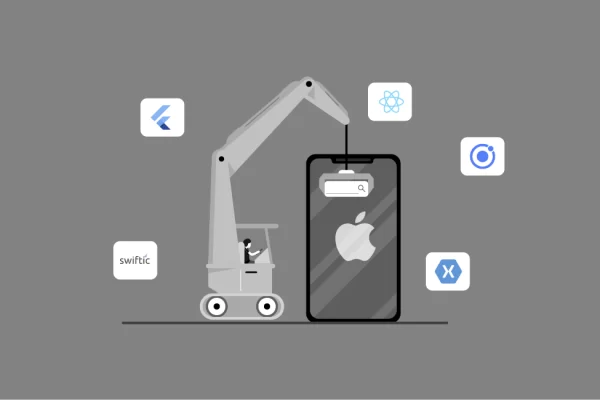Small businesses need robots to help them in different stages of the manufacturing process. Collaborative robots with definite human-robot relationships are great toolkits to automate manufacturing companies’ insertion, painting, gluing, polishing, drilling, packaging, measuring, and testing.
A report by Universal Robots shows that collaborative robots offer benefits that are a game changer to the business arena. Robots make automation in companies easier because of their ability to collaborate with humans in the same workspace. Small and mid-sized businesses use collaborative robots for various applications due to their safety features, deployment flexibility, and cost-effectiveness.
Table of Contents
Collaborative Robots Benefits to Small Businesses
Collaborative robots offer a range of benefits to small manufacturing companies. These benefits allow small organizations to grow and compete with mid-sized and large production firms. Numerous have partly or entirely automated their businesses and have reaped the following benefits.
Robots enable companies to cut labor costs allowing skilled employees to get involved in productive and efficient work. Reducing overheads and direct cost gives the company a competitive advantage over other manufacturing companies. Automation minimizes lighting and heating energy saving up to 20% on the bills.
Collaborative robots help improve the employee’s quality of work and products. The machines are consistent, and they offer high-quality finished products. Automation eliminates inconsistent factors brought about by humans due to distractions, tiredness, and monotonous, repetitive tasks. Employees don’t have to work in hot, dusty, and dangerous environments. Introduction of robots to the company push workers to learn programming skills and handle more challenging and stimulating activities.
The manufacturing company can achieve high yields in production by decreasing scraps and reducing cycle times and waste. Automated businesses have fewer cases of waste and breakages associated with human error and inconsistency. Collaborative robots can increase the product quality and standard finish and give good packaging.
Small businesses must embrace collaborative robots as they require minimal human supervision and can run overnight. The automation flexibility allows for more production, which results in higher throughput. The fact that the robots don’t experience lapses, sickness, or need for a break can enable increased volume production to meet high customer needs and deadlines. Collaborative robots can be programmed offline, offering new production processes for quick production.
The health and safety of workers are essential in all manufacturing companies. Through the unique safety gadgets installed, the collaborative robots can detect collisions in the workspace and reduces dangerous accidents. Robots can handle health-threatening, unpleasant, and hazardous activities that can threaten humans in the company. Elimination of ailments like Vibration white finger (VWF) and repetitive strain injuries (RSI) associated with the intensive and repetitive workload is possible.
Collaborative robots are flexible and can perform multiple tasks when mounted in different configurations. Small businesses with limited space can confine the robots, program them, and have them work efficiently.
Automating small businesses can reduce work in progress and inventory capital costs. Manufacturing companies can achieve this by having robots that are more efficient and faster in production. It is easier to predict the production rate, meet customer demands in time and enhance Service delivery in the business.
Small companies that use collaborative robots to automate their services have an advantage over their competitors—the aid of the robot in quicker finishing and delivery of complete products consistently.
There is a global crisis in industrial recruitment and labor turnover for high levels of training and skills. Collaborative robots offer an ideal alternative to workers’ challenges through the collaboration of human-robot functionality. The machines require little human programming input, thus reducing the cost of employment and maintenance of highly skilled workers.
The robots have the flexibility and advantage of handling different work patterns and production tasks.
Other benefits of collaborative robots include:
- Increase in Return on Investment (ROI)
- Offer unlimited potential
- Create skilled jobs
- Have installation system
- Easy to operate and maintain
- A quick programming system
- Presence of happy employees
- Ability to perfect tasks
- Offer good human-robot interaction
Which small businesses can benefit from collaborative robots
Electronic and technology companies use collaborative robots because of their ability to be programmed easily with little skills. The manufacturing companies of mobile phones, computers, speakers, and lighting use automation robots. The multi-head vacuum gripper, aluminum presser, circuit board, the auto feed screwdrivers in collaborative robots are essential features in electronic and technology manufacturing companies.
Food and agriculture businesses can use collaborative robots to help reduce wastage as they can work overnight. Despite the extreme cold, hot, or undesirable weather conditions, the robots can ensure safe and quicker food production minimizing downtime. Employees can work next to the collaborative robots and adjust the robot arm when packing different items.
The advanced health care system uses collaborative robots to make health care practices easier like surgical, therapy, rehabilitation, patient companionship, and other daily activities. For instance, modern surgery procedures involve minimized invasion into the patient’s body with the help of collaborative robots. Exoskeletons robots offer excellent service to the spinal cord and stroke patients.
Military use robots as drones for support and surveillance on the battlefields. The machines can assess the danger levels and enable the military to make informed decisions on the way forward without putting human life at risk of attack.
Manufacturing companies use collaborative robots to assist workers in monotonous, repetitive, and dangerous work zones. The robots are essential to ensure speed, accuracy, quality, and consistent work performance. As small companies grow, robots are vital to ensure the stable production of products for customers.
Other industries that use collaborative robots are:
- Automotive Industry
- Metal Industry
- Plastics Industry
- Pharmaceutical Industry
- Packaging industry
- Education and Science Industry
In the modern business community, collaborative robots are vital to enhancing the economy through efficient business operations. Robots offer a competitive advantage to the business that invests in them due to their speed and effective task performance. Collaborative robots are slowly replacing traditional industrial robots, and small businesses embrace them because of their flexibility. Technology advancement is the potential to produce collaborative robots that can perform more task loads.











